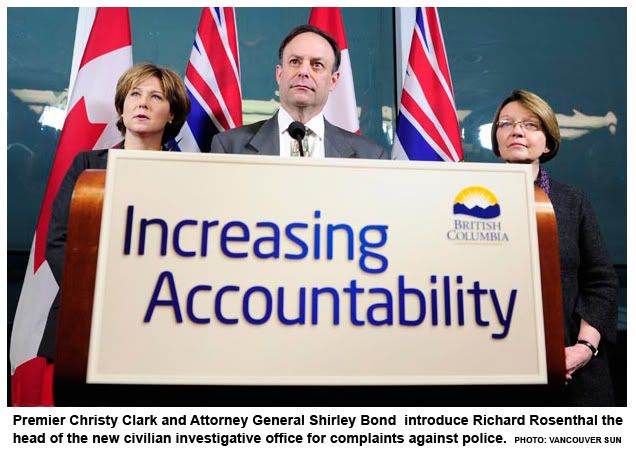The title is pretty sad. Moving on:

Whats with the swan?
Sorry, impulse url.
Yikes…
Anyways, moving on:
You mean moving swan! … no?
Moving on:
After having completed the Marketing Plan Assignments, I am now reflecting on the experience… and I’ve stopped.
So here’s what I’ve reflected upon; team wise, things worked out relatively well. For assignment 1 and 2 I did feel like the workload was uneven, but I largely brought it upon myself due to me being particularly picky about work with my name on it. So in that sense, I learned a lot about how to complete a full marketing analysis because I went through all of it. I also came to the conclusion I need to delegate less to myself and trust in my team better.
I personally learned (beyond the obvious of the course material) how to use Adobe Premiere and make a video, which was pretty awesome. I also developed my viewpoint on how I see a company’s marketing strategy. I know ask myself what is their target segment and what message are they trying to convey. I feel more confident in my ability to understand a company from the outside based on the channels they are using and I can apply this to companies I am looking to apply for in the future as well as basic curiosity. Further down the road, if I was to ever start my own business, understanding my target audience and going through the appropriate steps to develop a business plan will be vital to its potential success.
If I were to redo the project, I would have firstly delegated less of the work to myself. Moreover I would have done more research into the company prior to our choosing it, because in choosing a company as successful as WestJet, it proven to be quite challenging to find many flaws in their plan that we could relate to their marketing strategy. Lastly, I would have drawn up a better plan for the final project because it was difficult to get everything together while maintaining decent content for the video.

 However, what I am curious about from reading this is can pulling something off like the “For Her” pen lead to more publicity, and actually be fairly beneficial? I mean, unless the perceived PR shows your product as being poor, such as Toyota’s brake recalls, then might it be a decent PR stunt, especially if you play if off as one? In Bic’s defense, there isn’t anything functionally wrong with the pen that I have researched. It may still be ridiculous, but nonetheless I can see it being used as a “joke product”.
However, what I am curious about from reading this is can pulling something off like the “For Her” pen lead to more publicity, and actually be fairly beneficial? I mean, unless the perceived PR shows your product as being poor, such as Toyota’s brake recalls, then might it be a decent PR stunt, especially if you play if off as one? In Bic’s defense, there isn’t anything functionally wrong with the pen that I have researched. It may still be ridiculous, but nonetheless I can see it being used as a “joke product”. Here are Rohit’s 5 ideas:
Here are Rohit’s 5 ideas: